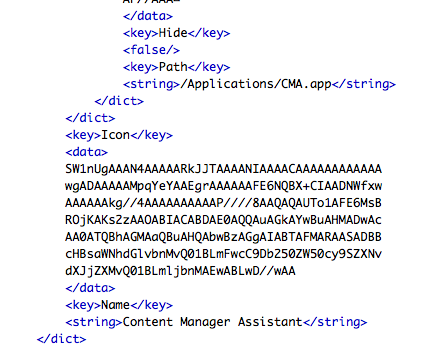I like video games. Not just in the sense of spending a few hours a week playing them, but the development and design of them, their history in popular culture, and the unique ways the medium allows us to experience new places and characters like nothing before.
I’m also a parent with a daughter I love dearly. Which, as you can imagine, can create friction between the two interests. Kari loves video games too. We play Minecraft together – exploring caves and looking for diamonds and avoiding monsters. She knows what kind of games she can play – and why she can’t watch dad play his more mature games.
I’m lucky, I grew up with a Gameboy in my hands and had supportive parents that looked over my shoulder every once in a while. Some parents didn’t. I know folks whose first interaction with video games was via the unrelenting requests of their children to buy the latest Sega Super Mega Ultra Station 2000 for Christmas.
I was inspired by Mike Krahulik from Penny Arcade and decided to reach out to my daughter’s principal to see what I could do to help educate other parents on video games. Below is the email I sent to her this evening. If you’re an adult who cares about young people growing up in a positive gaming culture I urge you to do something. Communication and education is far more powerful than talking heads and fear mongering.
—
Dr. Vogelsang,
I’m Chris and my daughter, Kari Koerner, is in Ms. Parker’s 1st grade class.
Lately there’s been a lot of talk about video games in mainstream media. Katie Couric just did an hour-long piece that, while she has good intentions, makes video games look like something the devil came up with. Here’s a good retort if you’re familiar with the piece. The whole thing is a bit crazy and like most things, the truth lies somewhere in between.
I want to talk to other parents and teachers about video games. Not some boring 45 slide PowerPoint, but an honest chat with literal examples of what games are really like, how to find games that are appropriate, and how to guide our children to the right games, in the right context, at the right time.
This past March my family traveled to Boston for Spring break. Kari, Jackie and I went to a convention called Penny Arcade Expo or PAX for short. It’s a huge gathering of 70,000 gaming nerds from all walks of life. People who love board games, Dungeons & Dragons, card games, classic video games and yes, even the modern blockbuster titles we hear about in the news. People traveled thousands of miles to see new games and hang out with people who share the same interests. And you know what? It was the most amazing group of kind, interesting people I’ve ever met.
The guys who started PAX are behind a webcomic called Penny Arcade. It’s a series that is always mature and sometimes offensive, but spares no victim in being brutally honest about video games and the culture that surrounds them. They are very outspoken on issues such as this and just this morning posted an article about an idea they had. You can read it here (Warning: strong language). The gist, if you don’t wish to read it yourself, is that one way we can help is to educate other adults on the ins-and-outs of video games. They inspired me to reach out to you to see what I can do for Bowles and the Rockwood School District.
It’s awesome to be a nerd and I’d like to share my knowledge and enthusiasm with other parents and teachers. I threw together a rough outline that I hope might give an overview of what we’d talk about.
- Explain what ESRB ratings mean. Show them how to use these ratings to determine appropriate purchases (There’s also a free and pretty awesome ESRB app for smartphones).
- Demo some recent games of various ESRB Rating Levels.
- Show what it’s like to play certain games (walk through a level from a couple different games).
- Talk about hand-held gaming like Nintendo DS and Apple iPads. These systems too have very mature games (like Resident Evil) alongside Mario and Pokemon.
- Talk about online gaming, like Xbox Live. What will kids hear when playing with anonymous strangers.
- Talk about parental restrictions. All systems released in the past 7 years have some from of parental restrictions, many associated with the ESRB ratings.
- Talk about social pressures. Kids want to be popular and included.
- Talk about what impact parents can have on other children when they visit their house (to play video games).
- Talk about how to educate other parents in a polite manner about video games, the ESRB and the implications of inappropriate gaming.
Let me know what you think. I’d love to grab lunch and chat if you’re up to it. If you have any ideas of a potential opportunity to get a group of interested parents/teachers in a room I’m all for putting something together.
Yours,
Chris Koerner
clkoerner.com




